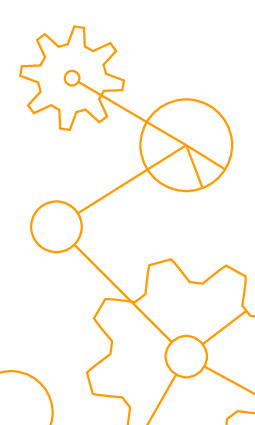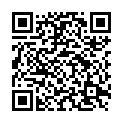|
|
|
| Module code: WIMAS-850 |
|
1V+1U (2 hours per week) |
|
3 |
| Semester: 1 |
| Mandatory course: yes |
Language of instruction:
German |
Assessment:
Written exam
[updated 18.06.2023]
|
WIMAS-850 Industrial Engineering, Master, ASPO 01.10.2011
, semester 1, mandatory course
|
30 class hours (= 22.5 clock hours) over a 15-week period.
The total student study time is 90 hours (equivalent to 3 ECTS credits).
There are therefore 67.5 hours available for class preparation and follow-up work and exam preparation.
|
Recommended prerequisites (modules):
None.
|
Recommended as prerequisite for:
|
Module coordinator:
N.N. |
Lecturer: N.N.
[updated 03.07.2009]
|
Learning outcomes:
Electric Machines
After successfully completing this module, students will be able to select motors for specific applications taking into account their respective operating behavior and their competence for solving simple tasks in the field of electric machines.
[updated 18.06.2023]
|
Module content:
Electric Machines
1. Asynchronous machine in steady state
1.1. Design and operation of asynchronous machines
1.2. Effects of the fundamental wave of air-gap induction in asynchronous machines
1.3. Effects of air gap induction harmonics on asynchronous machines
1.4. Self-excited asynchronous machine
1.5. Single-phase motor
1.6. Capacitor braking
1.7. Speed control for asynchronous machines
2. Communtator machine in steady state
2.1 Operating behavior of a DC machine
2.2 Induced voltage and the electromagnetic moment
2.3 Armature reaction
2.4 Electronic commutation
2.5 DC generators
2.6 DC motors
2.7 AC commutator machines
2.8 Speed control of commutator machines
3. Synchronous machine in the steady state
3.1 Design features of synchronous machines
3.2 Armature reaction and synchronous reactance
3.3 Operating behavior of synchronous machines with cylindrical rotor on a rigid network
3.4 Salient pole machine
3.5 Permanent-magnet excited synchronous machines
[updated 18.06.2023]
|
Teaching methods/Media:
Electric Machines
Beamer presentation, slides, blackboard, test benches
[updated 18.06.2023]
|
Recommended or required reading:
Electric Machines
Spring, Eckhard, Elektrische Maschinen - eine Einführung, Springer-Verlag, 2006
Fischer, R., Elektrische Maschinen, Hanser-Verlag, 2004
Seefried, E. , Herausg. Mildenberger, O., Elektrische Maschinen und Antriebstechnik - Grundlagen und Betriebsverhalten, Vieweg-Verlag, 2001
[updated 18.06.2023]
|


